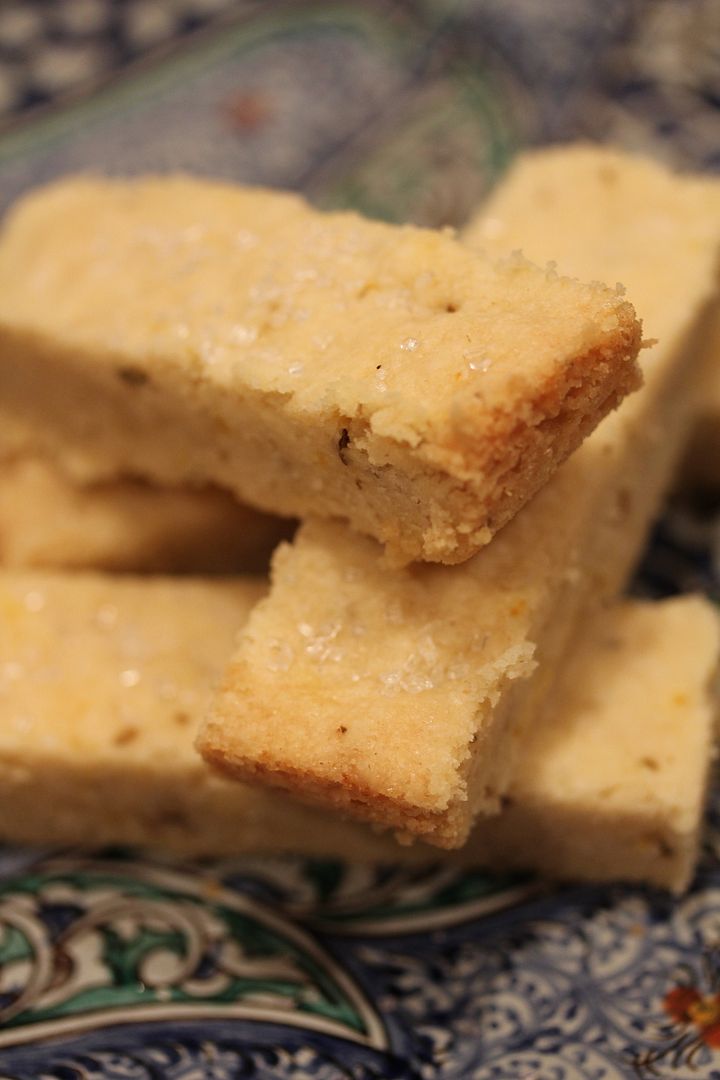A lot has changed in the past month. The light has changed, and darkened. Now when I come home at six o'clock I find that the orange from the sky has gone, and the landscape looks like she's been dipped in blue ink. I love these changes, as everything begins to smell different, and the menus shift to autumnal flavors, and the sound of Red Sox sports-casters rattle noisily from car windows.
But more has changed than just the light. I met a great guy, I turned 30, I gave notice at my job where I've been for two years, and I set a date to move to Asia. Some events happened in order, some didn't. In other words, not everyone decides to leave the country after establishing a great relationship. The truth is, I'd decided to travel before I'd even met him. But being a seasoned traveler himself, we decided to trek together for a couple weeks, to India. So first I plan to explore southern India, where I will study the history of the spice trade, visiting cities such as Calicut where spice traders like Vasco de Gama made port in 1498. And then I will fly to Bangkok, where my big brother lives with his family. My spice-exploring operations will be based there, from where I plan to travel on excursions to places such as Vietnam, Indonesia and China.
Leaving an Indian restaurant the other night, I dipped a spoon into the bowl of candied spices they had by the door. Tossing the crunchy seeds into my mouth, I reveled in the refreshing anise-like flavor of the fennel seeds that act to cleanse the palate and soothe the stomach. I later had to look up the botanical difference between fennel and anise, since the words are often used interchangeably but they are indeed different plants. I learned that they are both part of the Apiaceae family which is better known as the carrot and parsley family (plants that form umbrella-like flowers and have hollow stems.) Fennel is a plant used both for its bulb (as a vegetable) as well as its seeds, whereas anise is used just for its seeds.
In any case, here's a useful tidbit from Harold McGee for the scientifically minded:
"The volatile chemical that creates the typical aroma of anise—as well as of fennel, star anise and the herb sweet cicily—is called trans anethole. It is one of a group of compounds that are not only distinctly aromatic, but also intensely sweet—13 times sweeter than table sugar, weight for weight. Star anise is chewed in China, and fennel seed in India, to "sweeten the breath"..." (p. 414, On Food and Cooking)
When you buy fennel seeds, look for ones that are yellow-green in color (as opposed to grey-green). Even though the seeds are 13 times sweeter than sugar, they become even sweeter still when you dry roast them. Just place a tablespoon of seeds in a cast-iron or stainless steel pan on medium heat and toast until fragrant and lightly browned. Fennel seeds also have a distinct citrusy aroma, which led me to add a bit of orange zest to the shortbread recipe I made this evening. While this recipe is far from Indian, so it happens, are my ancestors.
Fennel & Orange Shortbread
adapted from Tartine
by Elizabeth Prueitt and Chad Robertson
Ingredients:
1 cup + 2 TB unsalted butter, softened to the texture of whipped
cream
1/2 tsp salt
1 3/4 cups + 2 TB flour
1/2 cup + 1 TB cornstarch
1 TB toasted fennel, coarsely ground
1 tsp orange zest
1/3 cup granulated sugar
1/4 cup sugar for topping (granulated or sanding sugar)
Preheat oven to 325 degrees F. Butter an 8" x 8"
baking pan (or 6" x 10").
To toast the fennel, place in a dry skillet over medium heat
and toast for 2-3 minutes until fragrant. Pound in a mortar and pestle until
coarsely ground.
Place butter in a mixing bowl - the butter must be very soft! Add the salt to
the butter and mix well. In a separate bowl sift the flour and cornstarch
together and add the ground fennel and orange zest. Add the granulated sugar to
the butter and mix until just combined. Add the flour mixture until a smooth
dough forms.
Pat the dough into your prepared pan. The dough should be no
more than 2/3" deep. Bake until the top and bottom are lightly browned,
about 35 minutes. The middle of the shortbread should remain light. Let cool on
a wire rack until warm to the touch, then sprinkle with sugar and slice into
rectangular fingers with a thin, sharp knife.








Lovely. Thank you. And happy birthday!
ReplyDeleteThankks great post
ReplyDelete